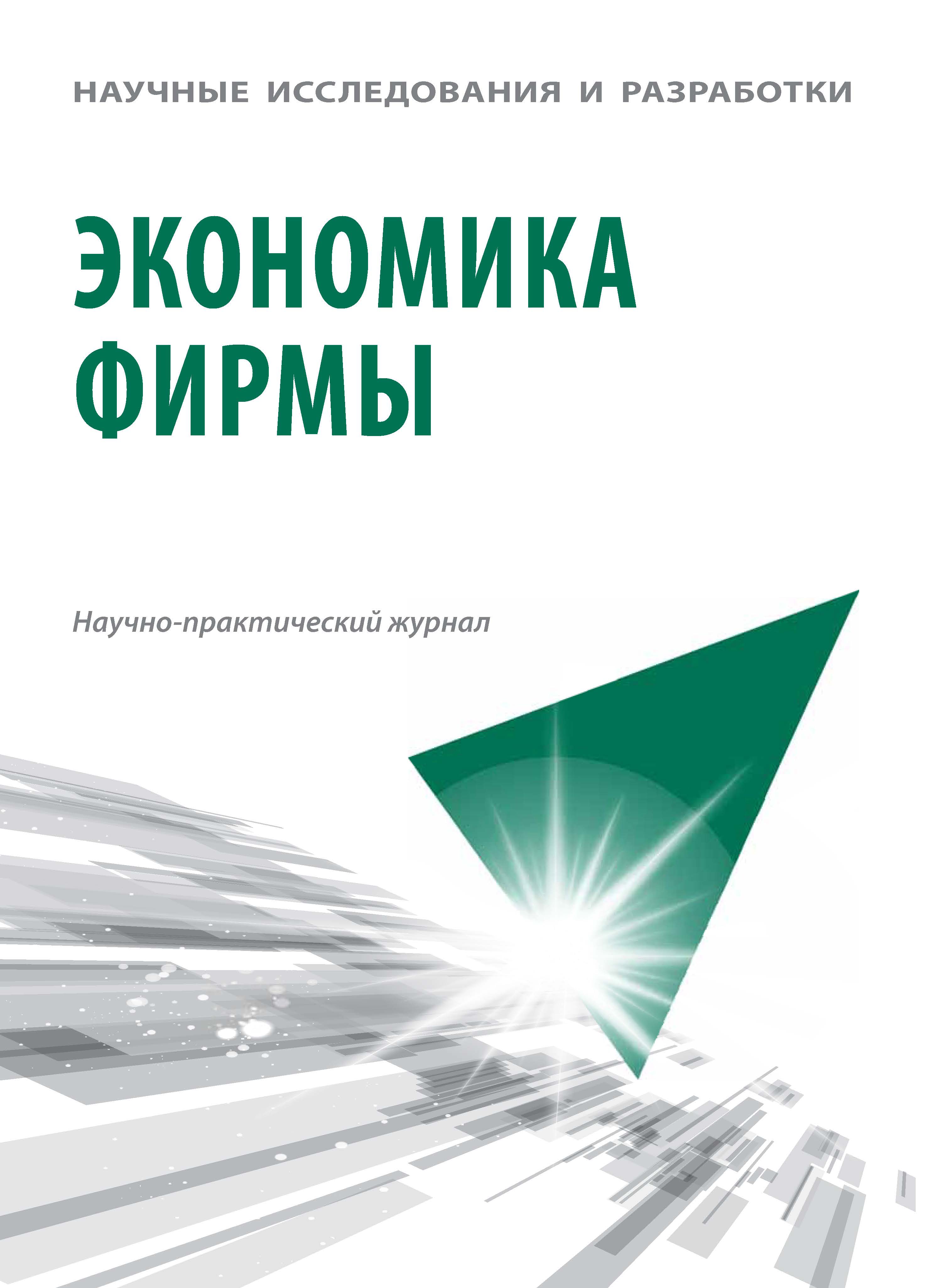The article discusses methods for assessing the effectiveness of transport and logistics hub at the regional level on the example of the Nizhny Novgorod region. A comparative analysis of various models for various forms of organization of such centers is carried out. Of greatest interest is the inventory flow model, on the basis of which it is advisable to develop a functional model with a block-hierarchical structure of a regional hub, which provides for various options for the movement and consolidation of resources.
regional logistichub, analytic hierarchy process, logistic maturity model, public private partnership
1. Andriyanova M.V. Logistics efficiency index (LPI) as an indicator of logistical problems in the region (on the example of the Russian Federation) // Innovations and investments. - 2018. - No. 5. - pp. 288-292. EDN: https://elibrary.ru/LGOGFX
2. Beer S. The brain of the firm. M.: Radio and communication, 1993. -185 p.
3. Brykin A.V. Innovation, Industry and Logistics. LAP Lambert Academic Publishing, 2011 - 348 p.
4. Wentzel E.S. Operations research: tasks, principles, methodology. M.: Drofa, 2004. -208 p. EDN: https://elibrary.ru/QJMHIH
5. Kashbraziev R.V., Shikhalev A.M. A model for multi-criteria assessment of regions for the rational placement of logistics centers on the territory of the Russian Federation. // Actual problems of economics and law. - 2011. - No. 2 - pp. 66-72. EDN: https://elibrary.ru/NUBPPF
6. Kurova A.Yu. Organizational and methodological support for the formation and functioning of logistics centers. Dissertation for the degree of candidate of economic sciences. - M. - 2015. - 139 p. EDN: https://elibrary.ru/NDBHZA
7. Levina T. V. Benchmarking // Logistics and supply chain management. - 2011. - No. 47. - pp. 88-93. EDN: https://elibrary.ru/OLBZAX
8. Levina T.V. Best practics. SCOR modeling //Logistics and supply chain management. - 2012. - No. 2. - pp. 88-94. EDN: https://elibrary.ru/PWPRTL
9. Medvedev V.A., Prisyazhnyuk A.S. Information systems and technologies in logistics and supply chain management. Tutorial. ITMO, St. Petersburg: 2016. - 183 p. EDN: https://elibrary.ru/ZUYMRL
10. Methodology of functional modeling IDEF0. Guiding document. M.: Gosstandart of Russia, 2000. - 75 p.
11. Nagina E.K., Ishchenko V.A. Information logistics. Theory and practice. Educational and methodological manual for universities. Voronezh State University, Voronezh, 2007. - 87 p. EDN: https://elibrary.ru/HFETDL
12. Poritsky I.A. Development of logistics for the interaction of modes of transport based on the concept of a single information space. Dissertation for the degree of candidate of technical sciences. - Rostov-on-Don. - 2014. - 183 p. EDN: https://elibrary.ru/QYESVZ
13. Saati T. Decision making. Hierarchy analysis method. -M.: Radio and communication, 1993. - 278 p.
14. Body of knowledge on business process management: BPM CBOK 3.0. M.: Alpina Publisher, 2016. - 480 p.
15. Sergeev V. I. Supply chain management. Textbook for bachelors and masters. M.: Yurayt, 2015. - 479 p.
16. Silantiev A.V. Theoretical analysis of the influence of the features of transport and logistics systems on their formation and functioning // Manager, 2014. - No. 5. - pp. 20-23. EDN: https://elibrary.ru/QSQYZP
17. Sergeev V.I., Grigoriev M.N., Uvarov S.A. Logistics: information systems and technologies. Educational and practical guide. M.: Alfa-Press, 2008. - 608 p. EDN: https://elibrary.ru/SYDXVP
18. Syutkina V. How much labor and money is needed to create a data analysis system // Expert. - 2021. - No. 5. - pp. 50-57.
19. Takyrbasheva A.A. Use of information technologies in transport logistics // Bulletin of the Kyrgyz-Russian Slavic University, Bishkek. - 2014. - v. 14. - No. 12. - pp. 182-184. EDN: https://elibrary.ru/TKONAN
20. Cheremnykh S.V., Semenov I.O., Ruchkin V.S. Modeling and analysis of systems. IDEF-technologies: Praktikum.M.: Finance and statistics, 2006.- 192 p.
21. Guner S., Coskun E. Comparison of Impacts of Economic and Social Factors on Countries Logistics Performances: A Study with 26 OECD Countries // Research in Logistics & Production, 29 October 2012. - Vol. 2. - No. 4. - pp. 329-343.






